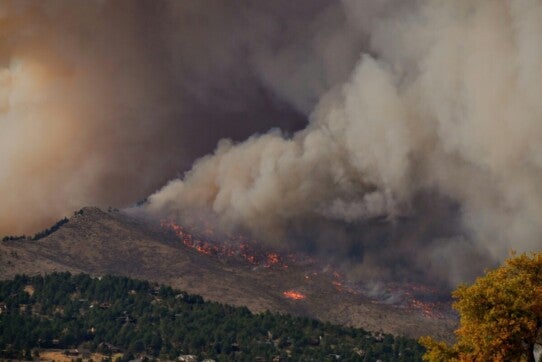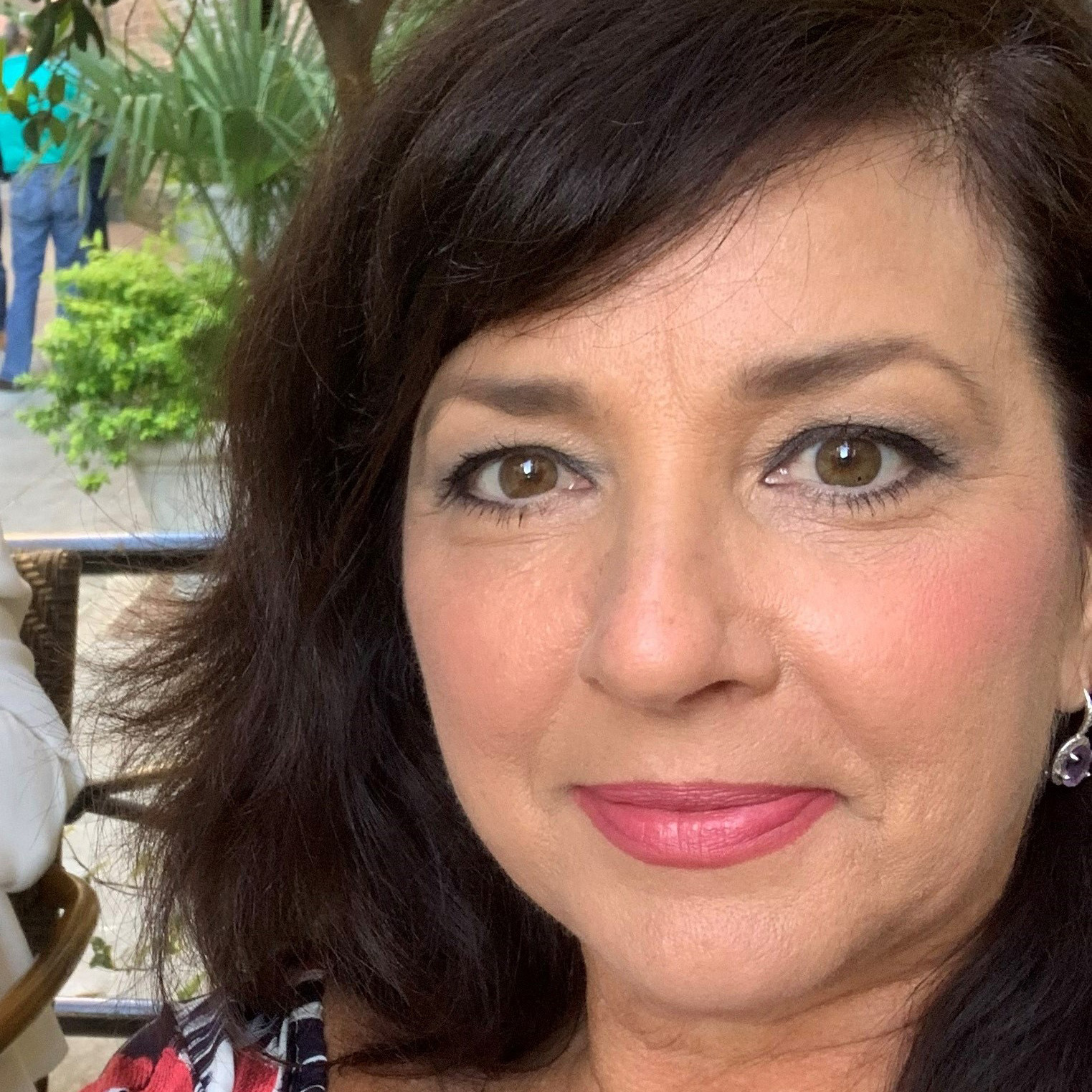As a Disaster Unfolds, Fundraisers Can Do More Than Raise Money

No question that cash is crucial in a catastrophe.
But if you’re a fundraiser for a nonprofit organization or school in the midst of an unfolding disaster, you can do more than raise money. You can take immediate action by doing what you do best, just without the request for cash—for now.
Since contributions tend to pour in when hardships hit close to home, appeals for the emergency fund will be immediate. Recovery campaigns will follow. But until the danger has passed and the urgent needs of the community have been met, apply your talents to strengthening relationships with supporters and neighbors. It is one of the most meaningful contributions a fundraiser can make in the days or weeks before your community begins the process of rebuilding.
Here’s how you can shift your focus from raising money to forging deeper connections in a crisis.
Maintain Open Lines of Communication
As the touchpoint between donors and your cause, you are uniquely positioned in a disaster to provide regular updates to supporters and friends of your mission. In-person visits should be approached with caution in an active disaster zone, but you can improve your organization’s communications remotely via email, phone calls, text, and social media, assuming services remain available. This can be in addition to your CEO’s “official” announcements.
- Reach out: Check in with donors, community partners, and volunteers to see how they’re managing and if they require support or resources. Have links and phone numbers handy for the programs and services they might need—or offer to call for them.
- Answer incoming questions: Supporters deserve timely responses to their concerns. They’ll want to be informed about the danger on the ground and the ongoing response. Donors may also be curious how their contributions are being used or if the initiatives they support will be affected. These are all fair questions that fundraisers should be empowered to answer.
- Big Sunday, a service organization based in Los Angeles, provided a list of resources during the wildfires in 2025, including evacuation sites, air quality maps, and insurance tips. In an unfolding emergency, work with your marketing team to create a FAQ page, providing at-a-glance answers to the questions you know supporters will be asking.
- Highlight the positives: When a disaster poses a threat, it’s easy to focus on the frightening images and statistics on social media and local news. Instead, post to your personal channels (as well as the hero page of your organization’s website and every social media channel) to shine a spotlight on the acts of kindness, rescues, and connections being made in the midst of heartache. If your team is participating in the response effort, share the details with donors, volunteers, partners, and friends of your mission.
- Global Empowerment Mission created a banner of short videos on their website and social media channels, highlighting their hands-on work with Los Angeles residents displaced by the 2025 wildfires. The clips focused less on the devastation and more on hope, showing local families receiving immediate aid, such as vouchers for hotels and cash cards.
Mobilize Community Support
As a fundraiser, you know how to build a network. A developing disaster is the time to call in favors, and coordinate with contacts locally, regionally, and far afield. Even with a coalition of organizations prepared to set up in an emergency, disaster response can be haphazard without local contacts and expertise. Here’s how fundraisers can help.
- Forge partnerships with other nonprofits or schools: In a disaster, individual organizations may struggle with limited resources or expertise. Use your outstanding problem-solving and people skills to collaborate with other groups to supplement your organization’s capabilities. A school might offer shelter to evacuees in partnership with a medical charity that can provide health services on site.
- When Hurricane Helene devastated North Carolina in 2024, the Asheville Humane Society partnered with animal rescue agencies in the region and the BISSELL Pet Foundation to evacuate animals and distribute supplies.
- Collaborate with incoming aid organizations: Even if your organization’s mission is not focused on emergency response or relief, your local contacts may be extremely useful to on-the-scene organizations managing distribution of food, water, medicine, and supplies. Offer to put them in contact with connections at local businesses, schools, houses of worship, and medical operations. Logistical support and administrative assistance can amplify their humanitarian efforts.
- At the onset of the LA fires, international humanitarian organizations like the American Red Cross were first on the scene, followed quickly by the Los Angeles Regional Food Bank. The food bank partnered with hundreds of local agencies to provide water and food packages to residents.
- Connect with federal agencies: The Federal Emergency Management Administration (FEMA) leads disaster recovery efforts, so your organization must comply with their protocols. But FEMA and other federal agencies rely on relationships with philanthropic leaders in the disaster zone to provide an understanding of the community so that emergency assistance can get to those in need.
- Organize support networks: Beyond the typical social media channels, use niche apps (Nextdoor, AllTrails) to share information and connect groups in your circle. In a disaster, temporary housing, pop-up veterinary care, a hot meal, use of a laundry room, or a ride to the next county can be life-changing.
Become an Advocate
Catastrophes begin and end locally. No matter how large-scale a crisis, it’s a personal experience for everyone affected. That includes you and your organization. You not only know your community, but you also know the people who care about it and donate to its most important causes. This can make you a powerful voice for the community during and after a catastrophe.
- Engage with local officials: Along with your executive leadership team, share your organization’s expertise, volunteer capabilities, and readiness to deploy assistance with local, regional, and state agencies. Disaster response is complex and so are all the phases of recovery. Let the decision-makers at the community level know how your organization can help, but also help them understand where the aid is needed.
Use These Experiences to Become a Better Fundraiser
Focusing on your relationships with donors, neighbors, partners, beneficiaries, and officials during the disaster will allow you to take proactive steps to help your community. It also will make you a more compassionate and effective fundraiser going forward.
- You can share your firsthand account: You have in-person experience with the great work your organization does, so tell those stories. Show the images. Share the data.
- You can be very specific about funding. Let donors know where the money is going and where it is still needed. If your organization provides direct relief, give donors the details: “We delivered 630 meals during the disaster; your gift of $5,000 will enable us to serve 2,000 more families still without power.”)
- You’ve learned to roll with the unexpected. The COVID pandemic taught every fundraiser the upside of flexibility. You can apply those lessons to a localized disaster, too.
- Cincinnati Zoo & Botanical Garden had to close its doors during the shutdown in 2020. It quickly established an emergency operating fund and got creative with its programming and member engagement by offering new livestreaming experiences and activities. In the first 10 days of its pivot to virtual, the zoo recorded a 500% increase in donors.
- You’ll be able to rely on your contacts: In the rebuilding phase, the donors and civic and business partners who were with you in the thick of the disaster will be invaluable. You’ll want their input as programs, buildings, and initiatives are planned and funded. And they’ll be happy to support an organization that stepped up during their community’s time of need.
